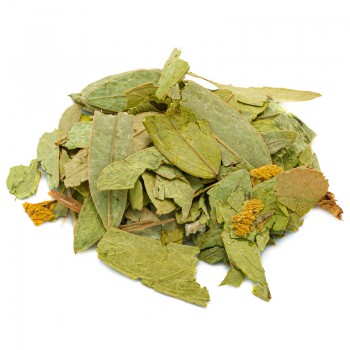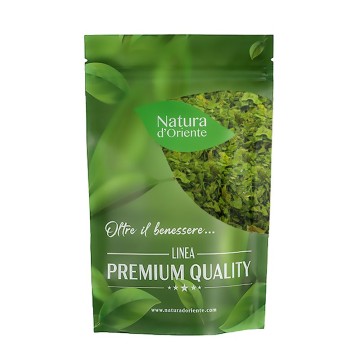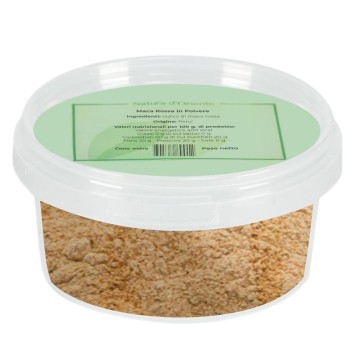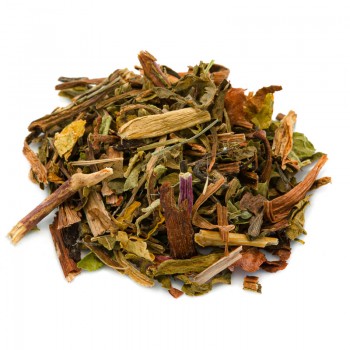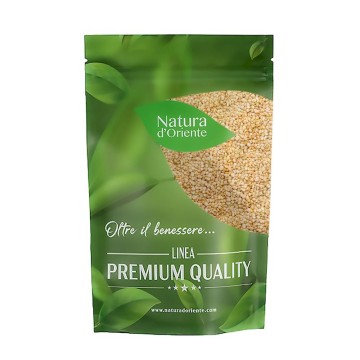Senna leaves (laxative)
The laxative action of senna leaves is found useful in case of constipation, hemorrhoids and to fight worms and abdominal swelling. However, non-prolonged consumption is recommended otherwise it has irritating effects in the intestine. Also not recommended for pregnant women and those suffering from chron disease.
Ingredients: senna leaves
Botanical name: Cassia Angustifolia Vahl.
- 100°
- 3/5g ogni 250 ml
- 05/08 min. di infusion

